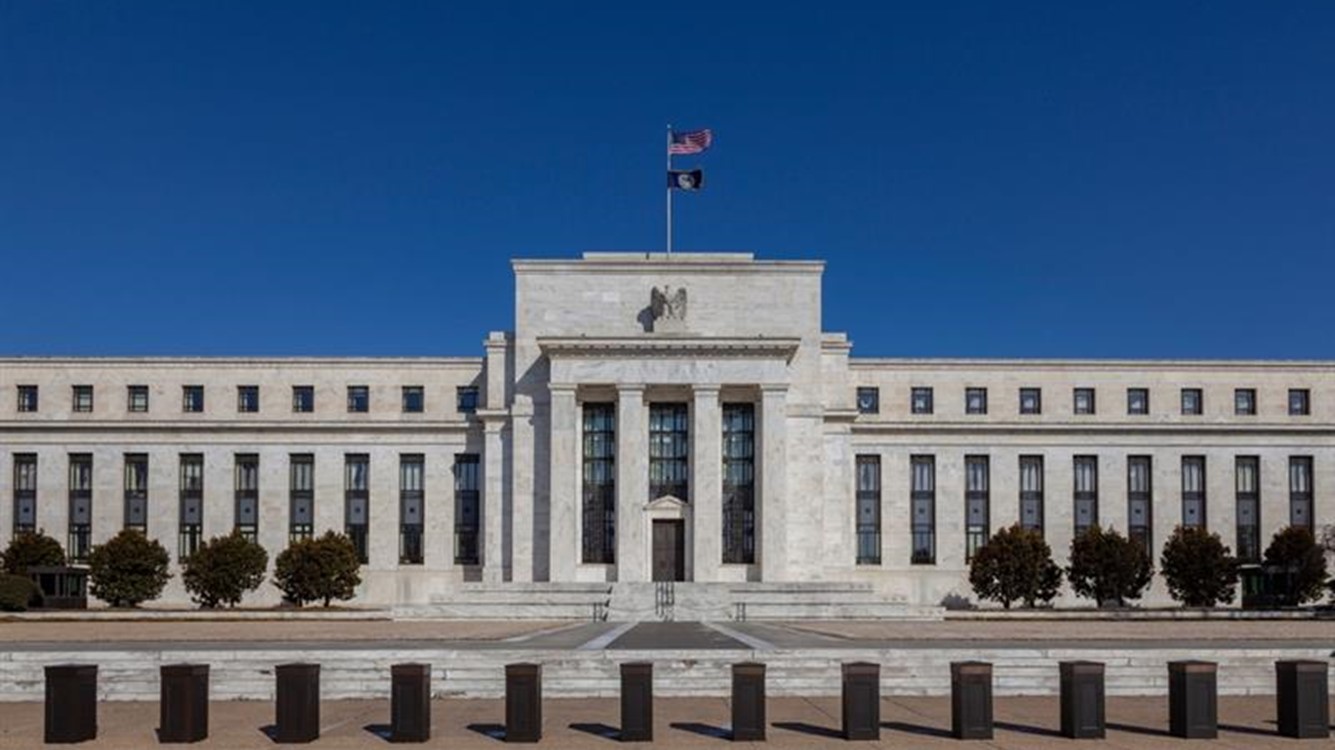Opposing views within the Fed
Other measures of inflation reveal more stickiness to inflation.

March 17, 2025
The Federal Open Market Committee (FOMC) is expected to remain firmly on the sidelines and hold the fed funds target at its current 4.25%-4.5% range. The statement following the meeting is expected to be little changed with the possible exception of an addition of verbiage regarding the competing effects of policy shifts on prices and demand; tariffs stoke inflation while curbing growth.
The FOMC will release the participants’ new estimates for growth, inflation, unemployment and the trajectory of rate cuts for the year. The forecast for growth in 2025 is expected to be revised lower, while those for inflation and unemployment could be raised. The forecast for the terminal or noninflationary rate is expected to be unchanged at close to 3%. The Fed considers current policy to be restrictive. Credit conditions have already tightened despite a full one percentage point cut in the fed funds target range between September and December of last year.
The key issue at future meetings is whether Fed officials feel they can look through an anticipated rise in inflation due to tariffs and cut rates as financial markets are expecting or decide to hold until they are assured the bump to inflation will prove temporary. The Fed will be split on those views. We could see only one rate cut instead of the three the markets priced in. However, there will be a significant minority who have no rate cuts for the year. In December, nearly a third of participants had removed rate cuts from their forecast. That flock of hawks has expanded among the participants at the meeting and among the regional Fed presidents who rotated into voting positions on the FOMC this year.
Why not cut rates as they did in 2019? The embers of inflation are still smoldering and are at risk of being reignited. Tariffs are much larger and more broadly based than during the 2018-19 round. That ups the ante on a more pernicious bout of inflation. Our trading partners are ready to retaliate and will seek to inflict the most economic and political pain possible. Add longer supply chains than we had pre-pandemic; they are more fragile now and susceptible to disruptions. A mild bout of stagflation is likely. Hence our forecast for a Fed reluctant to resume rate cuts until early 2026.
Chairman Jay Powell will try to convey a sense of calm so as not to stoke financial market fears. He cannot act until he and his colleagues actually see the effects of policy shifts in the data. As he said in his last speech prior to the meeting, he and his colleagues are trying to separate the “signal from the noise” in the administration’s rapid execution of its agenda.
The most recent cooling in the CPI provides little comfort because other measures of inflation reveal more stickiness, even as consumers are hunkering down. The core PCE index, which is what the Fed targets, looks like it accelerated in February. That data will not be released until later in the month, but the Fed has the same preliminary data we do and already made that same calculation.
The surge in inflation expectations again in the early March read of consumer sentiment is another worrisome factor. The five-year expectations posted their largest monthly increase since 1993 in early March. The rhetoric on tariffs no doubt amplified those fears that they see now across all age, income, wealth, regions and political affiliations. What is unknown is how much consumers will push back on price hikes as tariffs make their way onto store shelves.
Separately, the Fed will have to end its quantitative tightening or go further and begin to roll off its Treasury bond holdings by late Spring or risk a liquidity problem in the Treasury bond market. It will want to separate that decision from its decision on rates.
Central banks in both the developed and developing worlds have opted to buy more gold instead of Treasuries in recent years. That has given investors a larger role in the Treasury bond market. They require more compensation than central banks for lending to us via their purchases of Treasury bonds; that could create a floor under Treasury bond yields, keeping a key measure of long-term rates elevated.
We could see only one rate cut instead of the three the markets have priced in.

Diane Swonk
KPMG Chief Economist
Explore more

Fed enters policy purgatory
Powell repeated “wait and see”.

KPMG Economics
A source for unbiased economic intelligence to help improve strategic decision-making.

Climbing a wall of worry: Navigating uncertainty amidst an erosion of trust
Subscribe to insights from KPMG Economics
KPMG Economics distributes a wide selection of insight and analysis to help businesses make informed decisions.
Meet our team
